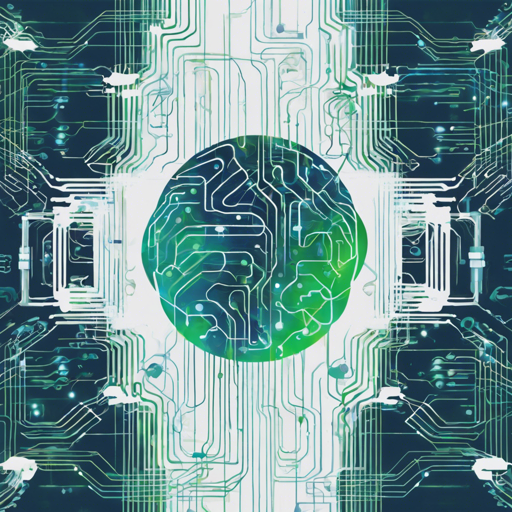Deep learning has revolutionized many fields by enabling machines to learn from vast amounts of data. This article will explore several groundbreaking papers in deep learning, explaining their concepts with relatable analogies. Whether you are a seasoned expert or a curious novice, this user-friendly guide will help you grasp the essence of these innovations.
Key Contributions in Deep Learning
- World Models (2018): This paper by David Ha and Jürgen Schmidhuber develops a model where a neural network learns to simulate an environment which allows an agent to learn. The agent then learns to perform tasks using the simulated model instead of the actual environment. Think of it like a person practicing a sport in a video game before playing in real life to minimize mistakes.
- A Deep Compositional Framework for Human-like Language Acquisition in Virtual Environment (2017): Haonan Yu et al. propose an architecture that simulates human-like language learning in virtual environments. It’s akin to teaching a dog commands in a comfortable room before taking it outside into a chaotic environment—learning is more effective in a controlled context.
- A Simple Neural Network Module for Relational Reasoning (2017): This approach by Adam Santoro and colleagues focuses on relational reasoning, similar to how humans perceive relationships between objects in the world, making it easier for machines to understand contexts and interactions.
- Are You Talking to Me? Reasoned Visual Dialog Generation through Adversarial Learning (2017): This paper utilizes adversarial learning to create coherent visual dialogues. Consider it like preparing for an engaging conversation based on context cues, making dialogues more relatable and human-like.
- Towards Diverse and Natural Image Descriptions via a Conditional GAN (2017): Bo Dai and allies here focus on generating image captions that vary in style and context. It’s akin to a storyteller narrating a picture—it can be dramatic, humorous, or factual, all depending on the context.
How to Approach These Papers
Reading and understanding research papers can be daunting. Here’s how you can approach them effectively:
- Break it Down: Read abstracts and conclusions first. They encapsulate the essence of the study.
- Understand the Terminology: Make a glossary of key terms and concepts mentioned in the papers.
- Visualize the Models: Diagrams often aid comprehension. Sketch out these models on paper to visualize their workings.
Troubleshooting Common Issues
If you encounter challenges while assimilating these concepts, consider the following solutions:
- Reread sections that seem complex, sometimes, multiple reads provide clarity.
- Discuss with peers or join online forums for collaborative understanding.
- Watch video summaries or tutorials to supplement your reading.
- Take breaks to digest information before returning to the material.
For more insights, updates, or to collaborate on AI development projects, stay connected with fxis.ai.
Final Thoughts
At fxis.ai, we believe that such advancements are crucial for the future of AI, as they enable more comprehensive and effective solutions. Our team is continually exploring new methodologies to push the envelope in artificial intelligence, ensuring that our clients benefit from the latest technological innovations.
As you delve into these papers, remember that mastery takes time. Embrace the journey of learning, and you’ll soon find yourself navigating through deep learning with ease.

